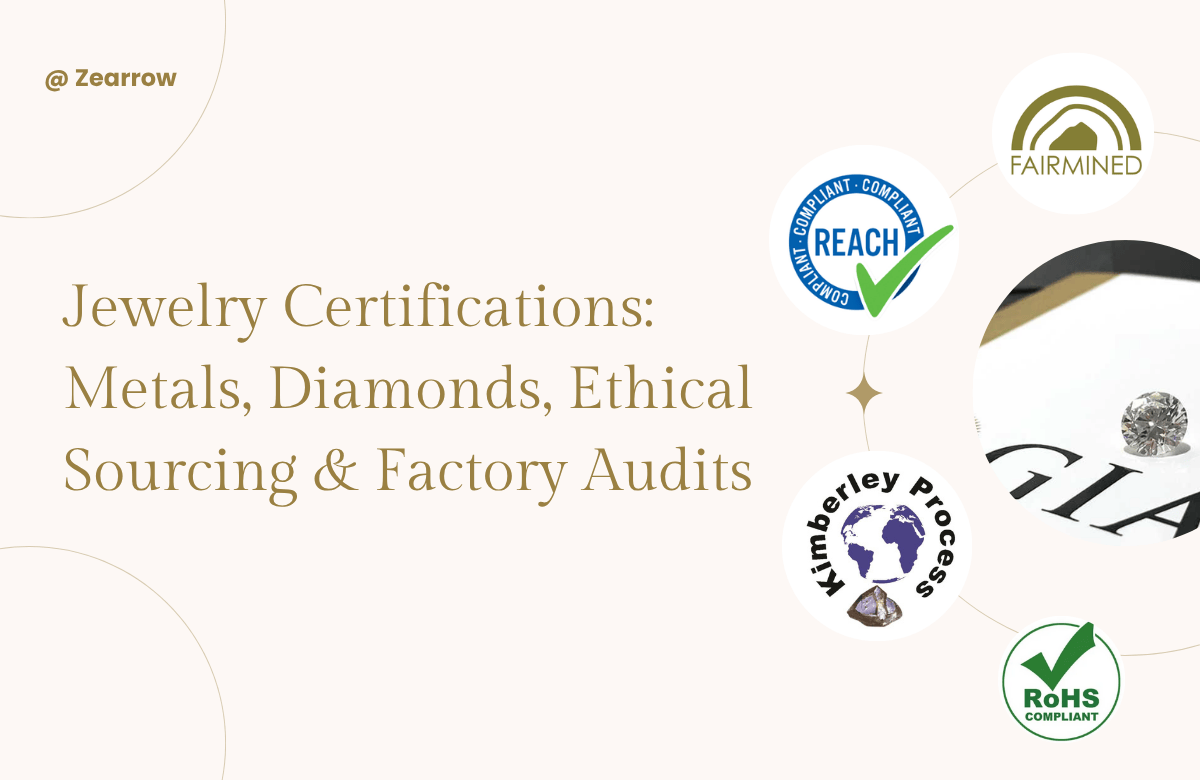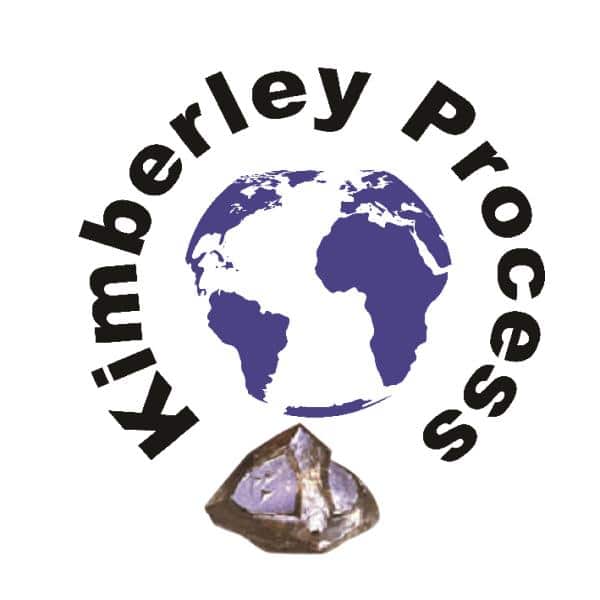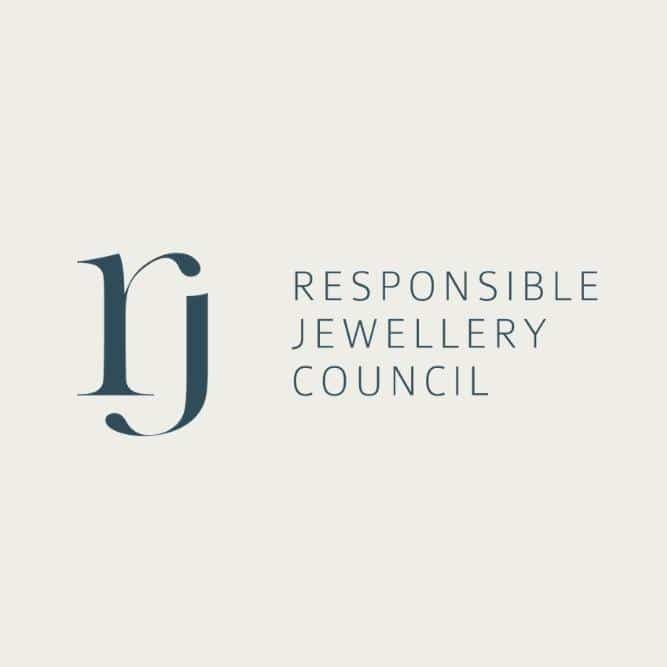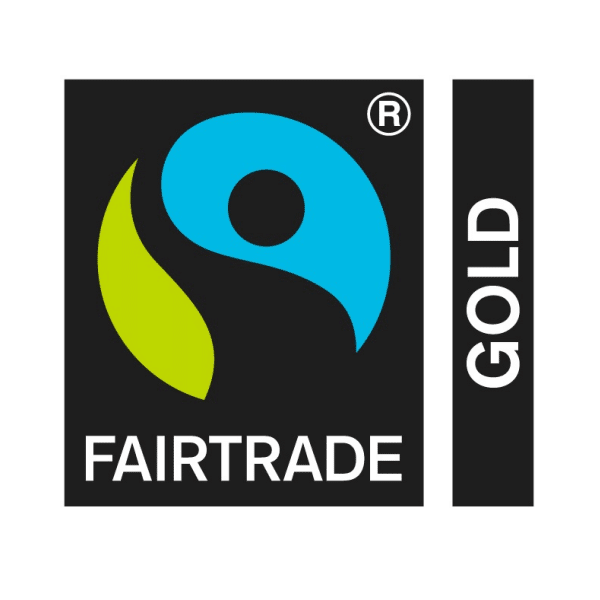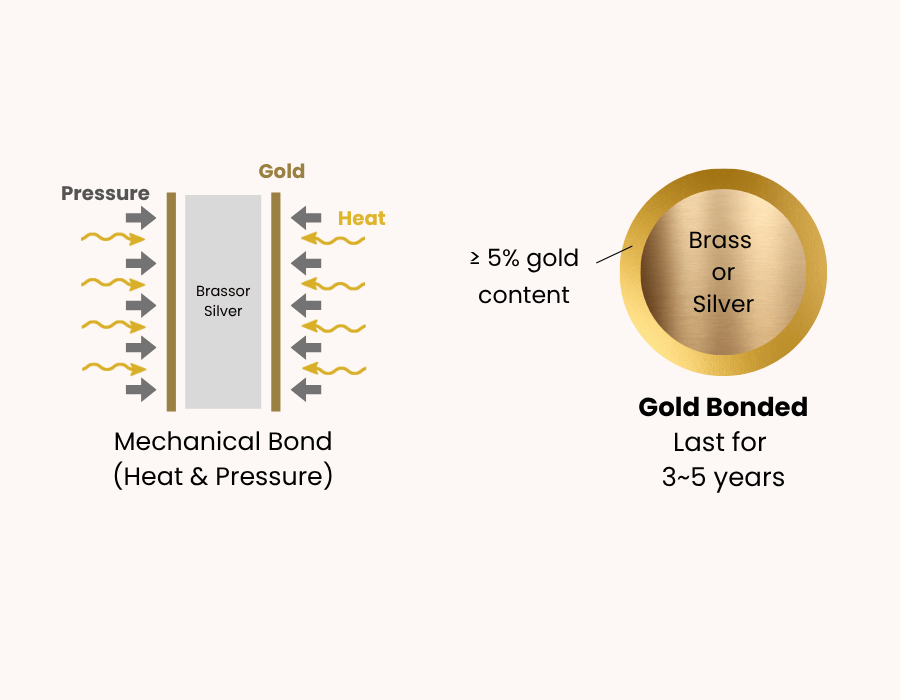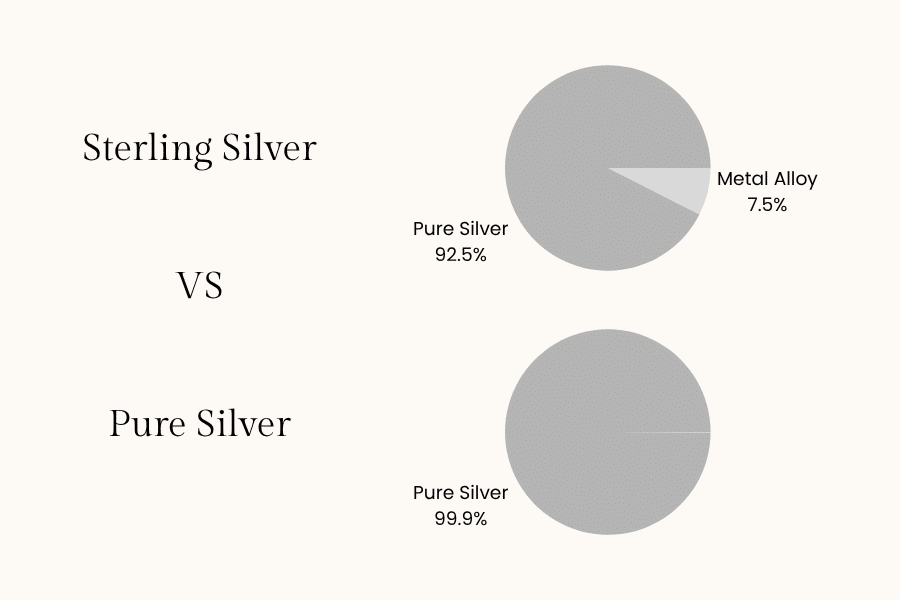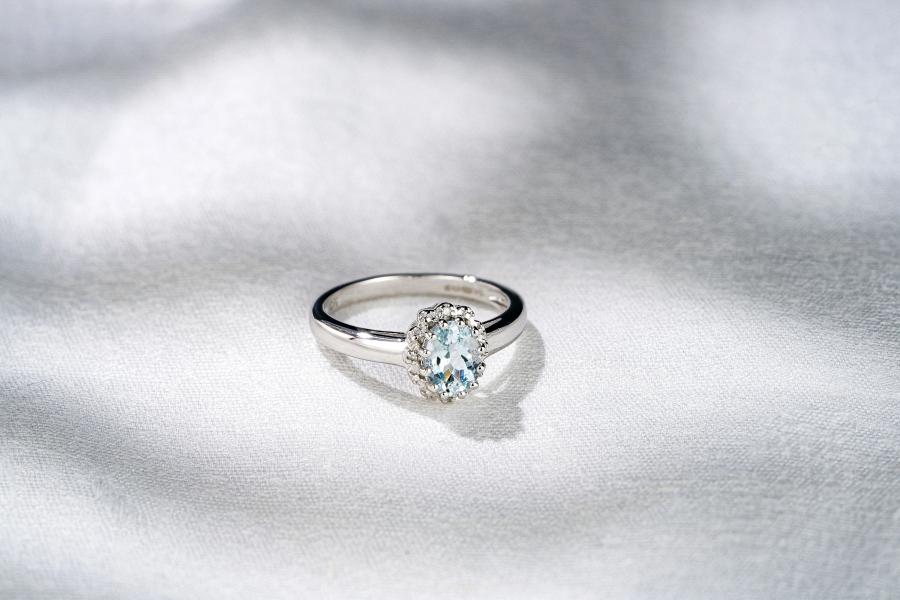Obtaining the right certifications for your jewelry is greatly important in this increasingly competitive market. These jewelry certifications serve as tangible proof to show your brand’s commitment to ethical sourcing, quality assurance, regulatory compliance, and gaining customers’ trust.
In this post, we will discuss popular certifications to note for jewelry metals, gemstones, sourcing of materials, ingredient safety & testing, as well as factory & supply chain.
Jewelry Metal Certifications/Hallmarks
| Certification / Standard | Purpose | Key Requirements / Features |
| Gold Vermeil (FTC) | Defines standards for vermeil jewelry | Sterling silver base, ≥10K gold plating, ≥2.5 microns thickness |
| Gold Filled (FTC) | Defines standards for gold-filled items | ≥5% total weight in gold, ≥10K; Markings like “1/20 14K GF” |
| Solid Gold | Hallmarks for gold purity | Marked by karat (14K, 18K, 22K) or numerically (585, 750, 916) |
| Sterling/Fine Silver | Validates silver purity | Fine silver: 999; Sterling silver: 925 |
| Stainless Steel | Identifies type and hypoallergenic standard | Stamps: “S.S.”, “304”, “316L”, “Surgical Steel” |
Here are the most popular certifications and hallmarks for common metals used for jewelry, such as gold, silver, and stainless steel.
1. Gold Vermeil
In the U.S., the FTC(Federal Trade Commission) requires the following to label a piece as gold vermeil jewelry:
- Base metal must be sterling silver (925 silver)
- Gold plating must be at least 10K gold
- Minimum gold thickness of 2.5 microns
If any of these criteria are not met, it cannot legally be marketed as “vermeil” in the U.S.
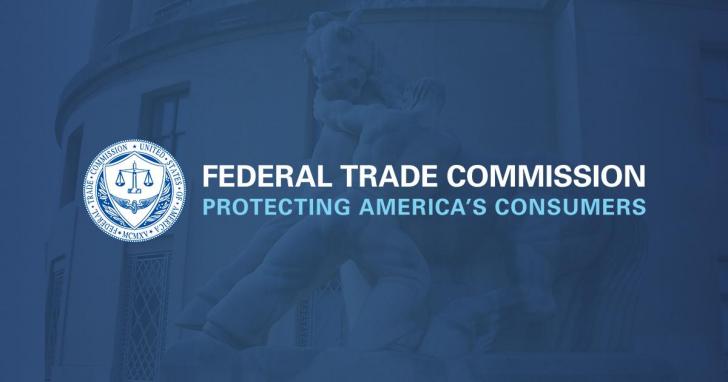
2. Gold Filled
In the U.S., the FTC requires the following to label a piece as gold filled jewelry:
- At least 5% of the item’s total weight
- Minimum karat rating of 10K
- Terms like “14K GF” or “1/20 14K GF” must be used accurately.
The use of terms like “Gold Filled” or “Rolled Gold Plate” must be substantiated with proper gold weight ratios. Mislabeling is considered false advertising and may incur legal risk.
- Common hallmarks: 1/20 14K GF, 1/10 12K GF, 14K G.F.
3. Solid Gold
There are different solid gold jewellery certificates. Each of them are hallmarked based on their gold purity, such as 14K (58.3% pure gold and 41.7% other metals), 18K (75% pure gold and 25% other metals), and 22K (91.6% pure gold and 8.4% other metals). Some gold jewelry certificates of authenticity have their hallmarks in 3-digit format e.g., “585,” “750,” or “916.”
4. Silver
There are two types of silver jewellery authenticity certificate: fine silver or sterling silver. Fine silver contains 99.9% pure silver, thus fine silver pieces are stamped with “99.9” or “999.”
Sterling silver, on the other hand, contains 92.5 pure silver and 7.5 other metals, thus sterling silver jewelry are stamped with “92.5” or “925.”
5. Stainless Steel
Certified stainless steel jewelry should be stamped with “S.S.”, “STAINLESS”, “304”, “316L” or “Surgical Steel.” It’s not traditionally hallmarked, but tested for nickel content to ensure hypoallergenic safety and corrosion resistance.
Diamond and Gemstone Certifications
| Certification / Standard | Purpose | Key Requirements / Features |
| GIA | Global gem grading & authenticity | Scientific 4Cs, independent reports |
| IGI | Diamond grading, including lab-grown | Accessible, treatment disclosure, origin verification |
| AGS | Precise diamond cut grading | Proprietary light performance analysis |
| EGL | Commercial-grade gemstone grading | Grading varies; not widely trusted |
The quality and authenticity of diamonds & gemstones are evaluated using these certifications:
1. GIA
The Gemological Institute of America (GIA) is the most trusted global gem lab offering rigorous, standardized 4C grading (Cut, Color, Clarity, Carat) for diamonds and colored gemstones. This gemstone certificate of authenticity provides independent, scientific reports that are non-negotiable in luxury markets.
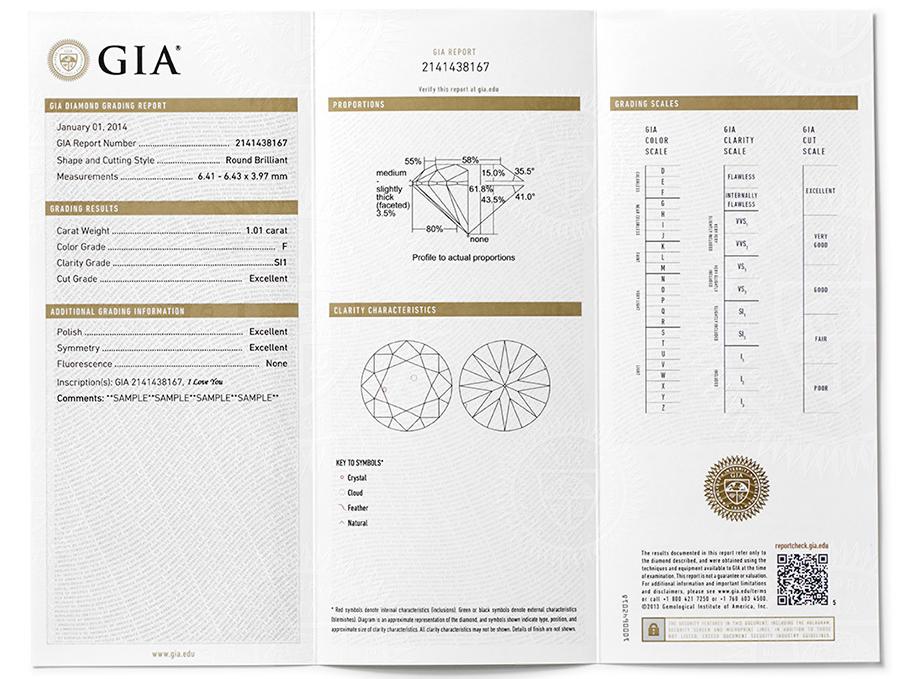
2. IGI
The International Gemological Institute (IGI) is popular with retailers for grading both natural and lab-grown diamonds. Their certification includes detailed quality assessments, origin verification, and treatment disclosure. IGI is known for quicker turnaround and broader accessibility compared to GIA.
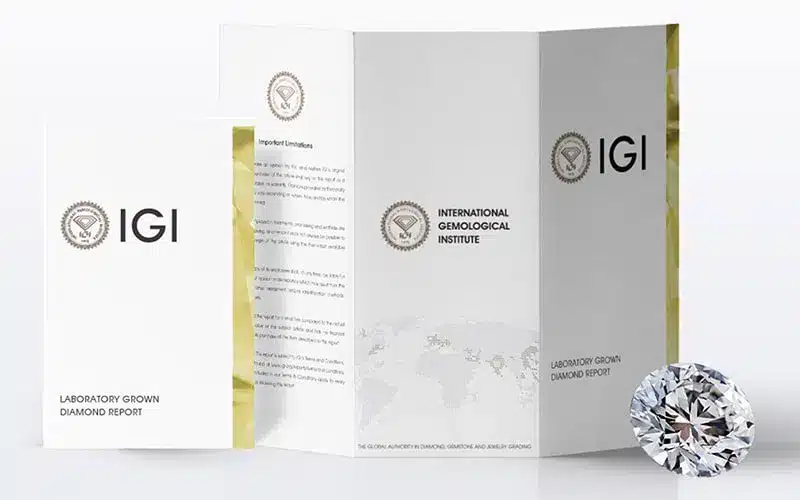
3. AGS
The American Gem Society (AGS) is a U.S.-based gemological lab that focuses on scientific precision in diamond grading, particularly excelling in cut quality assessment through their proprietary light performance analysis. They are highly respected for precision grading and consumer protection advocacy.
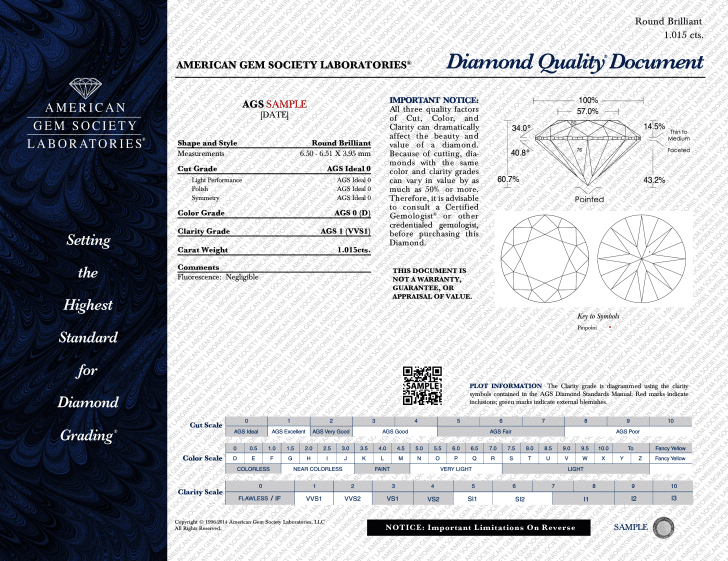
4. EGL
The European Gemological Laboratory (EGL) is a not-so-popular certification for diamonds and all kinds of gemstones. EGL has faced industry scrutiny regarding grading quality. Thus, use with caution, as consistency varies and may not meet stricter market expectations. However, they still remain an alternative certification option for commercial-grade diamonds.
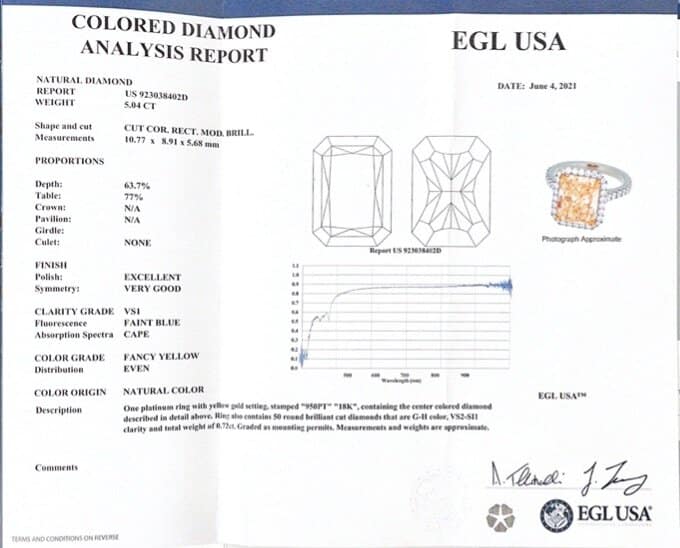
Ethical and Responsible Sourcing Certifications
| Certification / Standard | Purpose | Key Requirements / Features |
| KPCS (Kimberley Process) | Conflict-free diamond sourcing | Requires certification for rough diamonds |
| RJC (Responsible Jewelry Council) | Ethical & sustainable sourcing | Covers labor, sourcing, environment across supply chain |
| Fairtrade Gold | Supports ethical gold mining | Traceability, fair wages, safe labor for miners |
| Fairmined Gold | Ethical gold mining practices | Community development, environmental care |
These jewelry certifications ensure that the materials used are sourced properly, supporting fair labor practices, environmental protection, and conflict-free supply chains.
1. KPCS
The Kimberley Process Certification Scheme (KPCS) certification is a regulation in place to prevent conflict diamonds (also known as “blood diamonds”) from entering the market. This scheme requires that all rough diamonds origins are certified and not associated with violence, human rights violations, or unethical labor practices.
2. RJC
The Responsible Jewelry Council (RJC) sets standards for sustainability and ethical practices across the supply chain (from mines to retail), covering labor rights, environment, and sourcing. An RJC certification is a mark of trust, guaranteeing that the jewelry is crafted with respect to human rights and preservation of the environment.
3. Fairtrade Gold Certification
This is a gold jewellery certificate that ensures that the gold used in production is responsibly mined and with traceable supply chains. The certification supports small-scale miners through better prices and ethical standards, as they receive fair wages and work in a safe environment. It generally promotes social responsibility and eco-friendliness in gold mining.
4. Fairmined Certification
This is a gold jewelry certificate of authenticity that verifies gold comes from socially responsible and environmentally sound artisanal mines. It’s often used by conscious jewelry brands for ethical transparency, good working conditions, environmental practices, and community development.

International Ingredient Safety Certifications/Testing
| Certification / Standard | Purpose | Key Requirements / Features |
| REACH (EU) | Chemical restrictions in jewelry | Limits harmful metals like nickel, cadmium |
| RoHS (EU) | Restricts hazardous substances | Controls mercury, chromium in metal parts |
| CPSIA (US) | Child-safe jewelry standards | Lead & phthalate limits, 3rd-party testing |
| CA Prop 65 | California chemical warning law | Alerts if product contains harmful chemicals |
| Nickel Release Test (EN 1811) | Controls nickel allergy risk | Mandatory for EU market, skin-contact safety |
These certifications and testing standards are enforced to make sure jewelry pieces meet safety requirements, protecting customers from harmful chemicals.
1. REACH
The Registration, Evaluation, Authorization and Restriction of Chemicals (REACH) is an EU regulation that restricts chemicals and heavy metals in jewelry (such as nickel, cadmium, and lead) to protect consumers’ health and the environment.
2. RoHS
The Restriction of Hazardous Substances Directive (RoHS) is saddled with preventing hazardous substances like mercury and hexavalent chromium in metal components, especially those used in fashion jewelry and accessories. RoHS compliance requires detailed documentation and testing evidence.
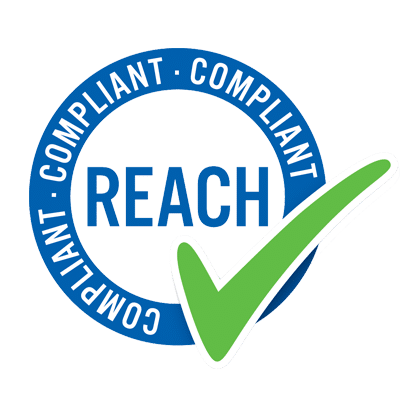
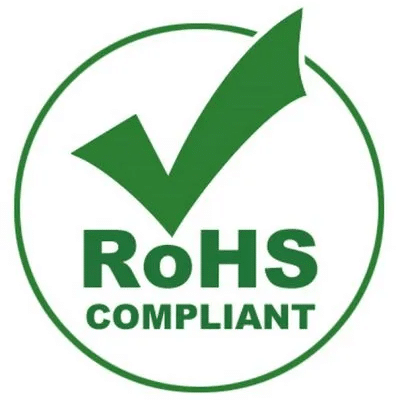
3. CPSIA
The Consumer Product Safety Improvement Act (CPSIA) applies to children’s jewelry sold in the U.S., particularly focusing on the restriction of lead and phthalate content. CPSIA requires third-party testing for compliance and mandates public databases for safety information.
4. CA Prop 65
California Proposition 65 is a law that warns consumers about exposure to chemicals known to cause cancer, reproductive harm, or birth defects. This regulation requires that it’s clearly stated if the jewelry contains chemicals like lead, cadmium, and other substances that are dangerous to the health.
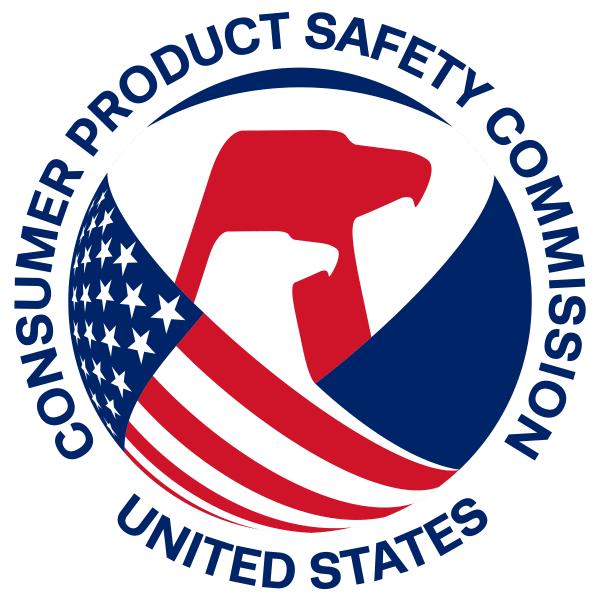
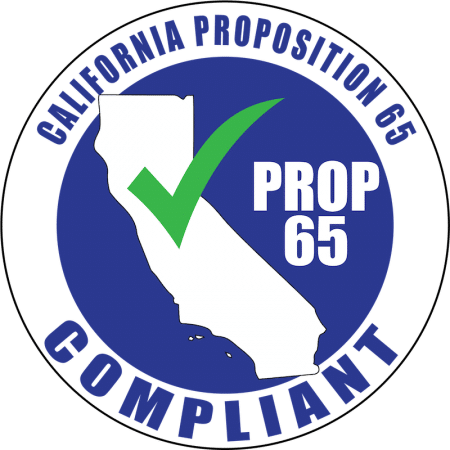
5. Nickel Release Test
Nickel Release Test (EN 1811:2023) standard outlines the control of nickel release from skin-contact jewelry. This standard helps jewelry manufacturers ensure product safety and regulatory compliance while protecting consumers from allergic reactions. It is mandatory for European market access.
Factory and Supply Chain Certifications
| Certification / Standard | Purpose | Key Requirements / Features |
| BSCI | Fair labor & workplace standards | Factory audits, worker rights, environmental compliance |
| SEDEX | Ethical audit data sharing | Focus on labor, ethics, transparency |
| ISO 45001 | Occupational health & safety | Hazard mitigation, accident reduction |
| ISO 9001:2015 | Quality management system | Ensures process efficiency & product quality |
| ISO 14001:2015 | Environmental management | Reduces environmental impact & waste |
These certifications are in place to make sure manufacturing facilities meet standards for workers safety, quality management, environmental protection, and social responsibility.
1. BSCI
The Business Social Compliance Initiative (BSCI) has a comprehensive code of conduct to audit factories for fair labor, wages, safe working conditions, and freedom of association. Its basic principles are: auditing & monitoring, supplier compliance, commitment to ethical production, supplier chain transparency, environmental considerations, and legal compliance.
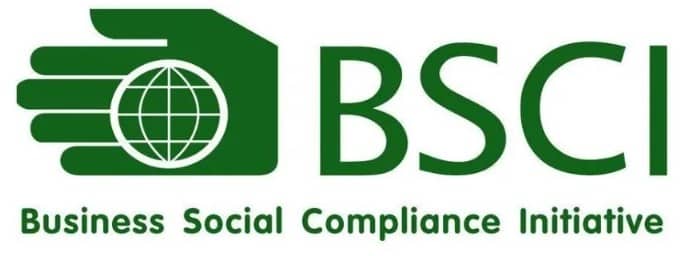
2. SEDEX
The Supplier Ethical Data Exchange (SEDEX) is a not-for-profit organization that enables jewelry manufacturers to assess and share supply chain audit data, focusing on ethical business practices, human rights, labor conditions, and environmental impact.

3. ISO 45001
ISO 45001 (Occupational Health and Safety Management) is an international standard that specifies requirements for safe, healthy workplaces by identifying risks, reducing accidents, emergency measures, and implementing systems to mitigate hazards.
4. ISO 9001:2015
ISO 9001:2015 (Quality Management Systems) is a global standard to ensure consistent quality, process efficiency, and customer satisfaction across production & operations. The jewelry should be without any defect and must be strong to withstand extreme conditions.
5. ISO 14001:2015
ISO 14001:2015 (Environmental Management) is a framework for reducing environmental impact through responsible use of materials, waste reduction, and sustainability initiatives in manufacturing like utilizing recycled materials & climate change mitigation.
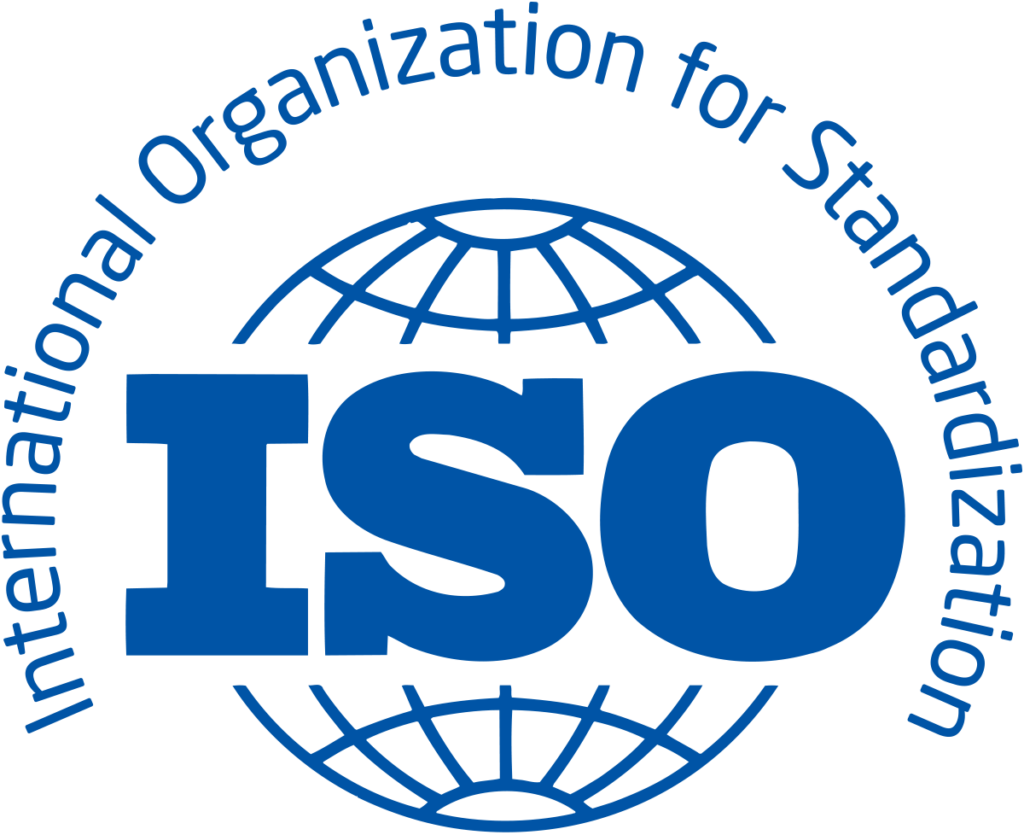
Conclusion
Jewelry certifications play a crucial role in the fashion industry. They ensure that the custom jewelry manufacturer, factories, and the jewelry pieces meet quality standards. These standards enforce that the jewelry materials are sourced responsibly, the manufacturing facilities & environment is in safe condition, and workers are treated fairly.
FAQs
The best certification for diamonds is GIA. It’s widely recognized around the world; jewelers and jewelry enthusiasts trust it for its 4Cs grading and authenticity.
The Responsible Jewelry Council (RJC) is the best sustainability certification for the jewelry sector. It prioritizes ethical sourcing of materials, minimization of waste, and recycling materials for other use.
Not always. Jewelry labeled as “nickel-free” may still release trace amounts or contain some other damaging chemical like lead or cadmium. To be safe, look for compliance with EN 1811:2023 – the EU standard for limiting nickel release.
Yes. Even fashion jewelry must comply with REACH, RoHS, and CPSIA regulations to avoid restricted substances like lead or cadmium, especially when selling in the U.S. or EU.
Yes, if verified by third-party bodies like SCS Global Services. Look for “Recycled Content Certification” to validate that the gold comes from reclaimed sources.
